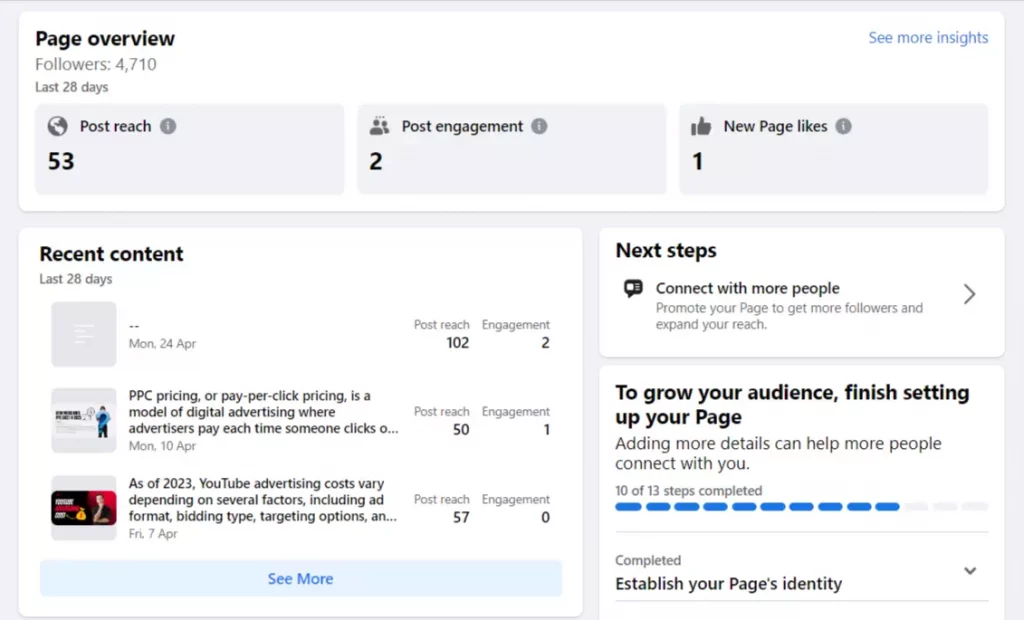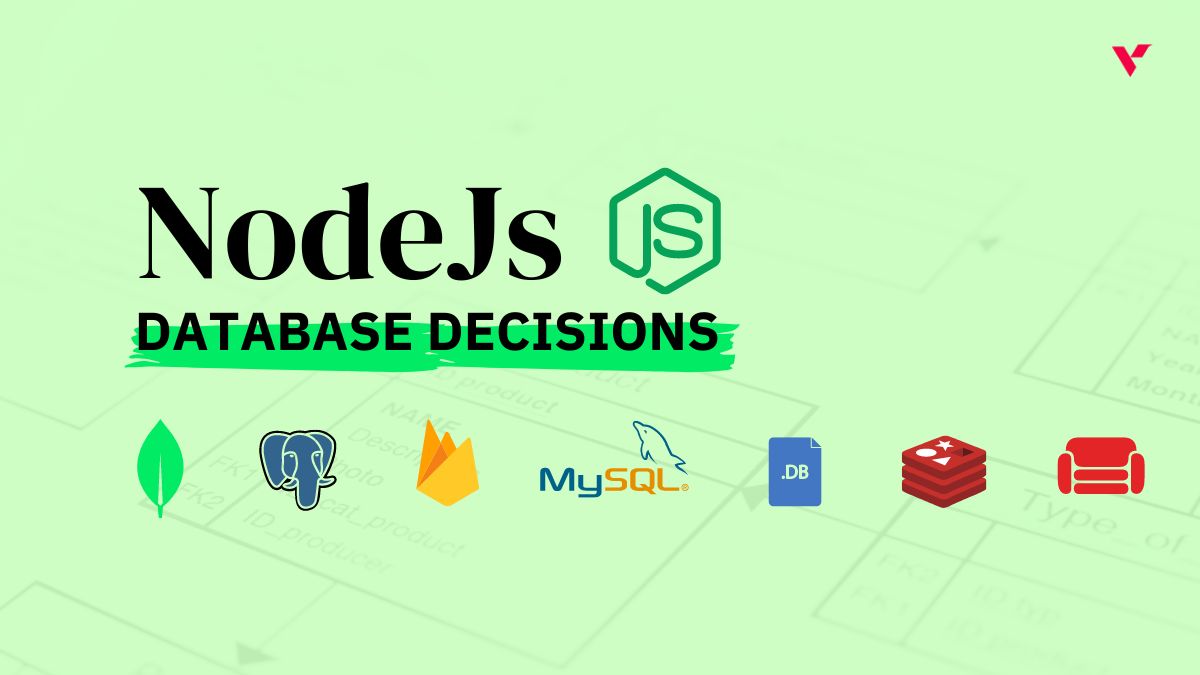Popular Tools by VOCSO
Social media is not just a place to share memes, selfies, and cat videos. It’s also a powerful tool for salespeople to connect with prospects, build relationships, and generate leads. This is what social selling is all about using social media platforms to find, engage, and nurture leads.
Social selling can help you boost your sales performance, increase your brand awareness, and establish your authority. But how do you master this sales technique? In this blog post, we will explain what social selling is, why it works, and how you can use it to drive more results for your business.
Table of Contents
What is social selling?

Social selling is the process of using social media platforms to research, prospect, and communicate with potential customers. It’s not about spamming your contacts with sales pitches or promotional messages. It’s about providing value, building trust, and creating rapport with your prospects.
Social selling is different from social media marketing, which is focused on creating and distributing content to attract and engage a large audience. Social selling is more personalized and targeted, as it involves one-to-one or one-to-few interactions with specific prospects.
Some examples of social selling activities are:
- Sharing relevant and useful content that educates or informs your prospects on topics related to your product or service
- Commenting on or liking your prospects’ posts or updates, to show interest and appreciation
- Joining or creating groups or communities where your prospects hang out, and participating in discussions or conversations
- Sending personalized messages or invitations to connect with your prospects, and starting a dialogue
- Asking for referrals or introductions from your existing contacts or customers, to expand your network
- Monitoring your prospects’ social media activity, and identifying opportunities to reach out or follow up
Why social selling works
Social selling works because it aligns with how customers buy today. Customers are more informed, empowered, and connected than ever before. They have access to a lot of information online, they can compare different options and alternatives, and they rely on recommendations and reviews from their peers.
According to a study by LinkedIn, 62% of B2B buyers respond to salespeople who connect with relevant insights and opportunities. And 78% of social sellers outsell their peers who don’t use social media.
Social selling can help you achieve several benefits, such as:
- Increased reach and visibility: You can access a larger pool of prospects and influencers on social media platforms, and increase your brand awareness and recognition.
- Enhanced trust and credibility: You can showcase your expertise and thought leadership on social media platforms, and build rapport and confidence with your prospects.
- Improved lead generation and conversion: You can attract and engage more qualified prospects on social media platforms, and move them along the sales funnel faster.
- Higher customer loyalty and retention: You can maintain the relationship with your customers on social media platforms, and provide ongoing value and support.
How to master social selling

Mastering social selling requires developing certain skills and habits that enable you to leverage social media platforms effectively for sales purposes. Here are some of the key elements of social selling that you should practice:
1. Optimize your profile

Your profile is your online resume and portfolio. It’s the first impression you make on your prospects when they visit your social media page. Therefore, you need to optimize your profile to make it professional, attractive, and relevant.
A well-optimized profile will help you attract more attention and interest from your prospects, and make them want to learn more about you and what you offer. Here are some tips to optimize your profile:
- Use a clear and friendly photo that shows your face and personality
- Write a catchy and compelling headline that summarizes your value proposition and expertise
- Include relevant keywords and phrases that your prospects might search for
- Highlight your achievements and accomplishments, using data or metrics if possible
- Showcase your skills and endorsements, and ask for recommendations from your customers or colleagues
- Add links to your website, blog, or other social media accounts
2. Build your network

Your network is your net worth. The more contacts and connections you have on social media platforms, the more opportunities you have to generate leads and referrals. Therefore, you need to build your network strategically and consistently.
Building a strong and relevant network will help you expand your reach and visibility, and create more opportunities to engage and communicate with your prospects. To build your network, you should follow these steps:
- Step 1: Connect with your existing customers, colleagues, partners, and friends
- Step 2: Research and identify your ideal prospects, using filters or tools
- Step 3: Send personalized messages or invitations to connect with your prospects, and explain why you want to connect
- Step 4: Ask for referrals or introductions from your existing contacts or customers, to reach new prospects
- Step 5: Follow or join relevant groups or communities where your prospects hang out, and participate in discussions or conversations
A quick tip: Don’t just connect with anyone on social media platforms. Be selective and strategic about who you connect with, and make sure they are relevant to your industry, niche, or target market.
3. Provide value and insights

Your content is your currency. The more value and insights you provide on social media platforms, the more attention and engagement you get from your prospects. Therefore, you need to provide value and insights that educate, inform, or entertain your prospects.
Providing value and insights will help you position yourself as a trusted advisor, not just a salesperson. It will also help you build trust and credibility with your prospects, and make them more receptive to your solution.
Some examples of valuable and insightful content:
- Blog posts or articles that address your prospects’ pain points, needs, interests, or goals
- Infographics or videos that explain complex concepts or processes in a simple way
- Ebooks or whitepapers that provide in-depth research or analysis on relevant topics
- Webinars or podcasts that feature experts or influencers in your industry or niche
- Case studies or testimonials that showcase how your product or service has helped similar customers in similar situations
4. Engage and communicate

Your communication is your conversion. The more you engage and communicate with your prospects on social media platforms, the more trust and rapport you build with them. Therefore, you need to engage and communicate with your prospects effectively and authentically.
Engaging and communicating with your prospects will help you create a connection with them, and make them feel heard and valued. It will also help you move them closer to the decision stage, and increase the chances of closing the deal.
There are many ways to engage and communicate with your prospects on social media platforms, such as:
- Responding to messages or comments from your prospects promptly and politely
- Using a friendly and conversational tone that matches your brand voice and personality
- Using emoticons, gifs, or memes to add some humor and emotion
- Using video or audio calls to create a more personal and human connection
- Using stories or testimonials to illustrate how your product or service can help your prospects
Engaging and communicating with your prospects will help you create a connection with them, and make them feel heard and valued. It will also help you move them closer to the decision stage, and increase the chances of closing the deal.
5. Monitor and measure

Your results are your reward. The more you monitor and measure your social selling activities on social media platforms, the more you can improve and optimize them.
Monitoring and measuring your social selling performance is essential for evaluating your effectiveness and efficiency, and identifying areas for improvement and optimization. To do that, you should follow these steps:
- Step 1: Define your social selling goals and objectives, such as number of leads generated, number of conversations started, number of appointments booked, etc.
- Step 2: Track your social selling metrics and indicators, such as number of connections, number of followers, number of likes, number of comments, number of shares, etc.
- Step 3: Use tools or software to automate or simplify your social selling tasks and reporting
- Step 4: Analyze your social selling data and insights, such as which platforms, content, or messages generate the most engagement or conversion
- Step 5: Adjust or refine your social selling strategy and tactics based on your findings and feedback
By monitoring and measuring your social selling results, you will be able to see what works and what doesn’t and make data-driven decisions to improve your social selling performance. You can try various social media marketing tools to monitor your social media.


















